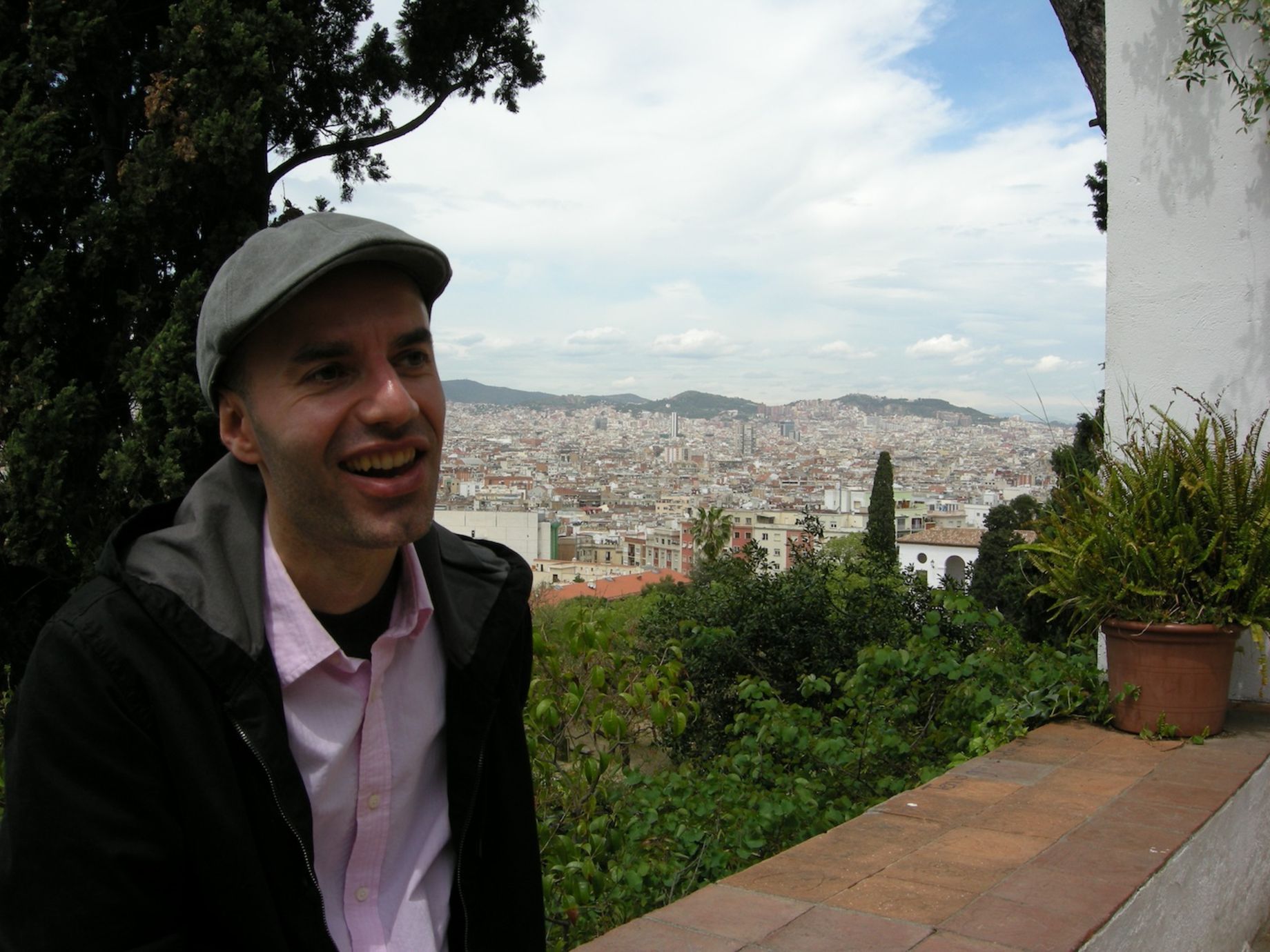Politics and Aesthetics in Arabic Art and Literature: Modernism and Nation Building in Hashimite Iraq
My book project, Politics and Aesthetics in Arabic Art and Literature: Modernism and Nation Building in Hashimite Iraq, theorizes the development of modernism in Arabic aesthetic traditions (poetry, narrative, painting, sculpture, and architecture) by linking its various expressions to a particular moment of spatial transformation in 1940s-1950s Baghdad. My focus on Baghdad as a pivotal site of the development of new aesthetic forms in Arabic art and literature is due to the remarkable confluence of factors the city witnessed in this period: economic and material transformation, political turbulence, revolutionary intellectual engagement, and artistic innovation. In documenting the development of modernist aesthetics in the Arabic tradition, my project engages contemporary debates about the development of modernism in non-European locations. The questions my project therefore asks are: What are the formal and stylistic characteristics of Arabic modernism(s)? Is it possible to historicize the development of modernism in Arabic aesthetics in a systematic way that ascribes to it formal and stylistic features? Are expressions of modernism in Arabic best analyzed within the national contexts in which they develop? What kinds of global circulations and engagements influenced the development of modernism in the Arab world? I argue that a transnational understanding of modernism’s varied sites of production revises traditional understandings of the spatial origins of modernism to instead view it as a heterogeneous project; an aesthetic experience of the modern that is manifested differently in various times and spaces, yet shares common formal characteristics.


